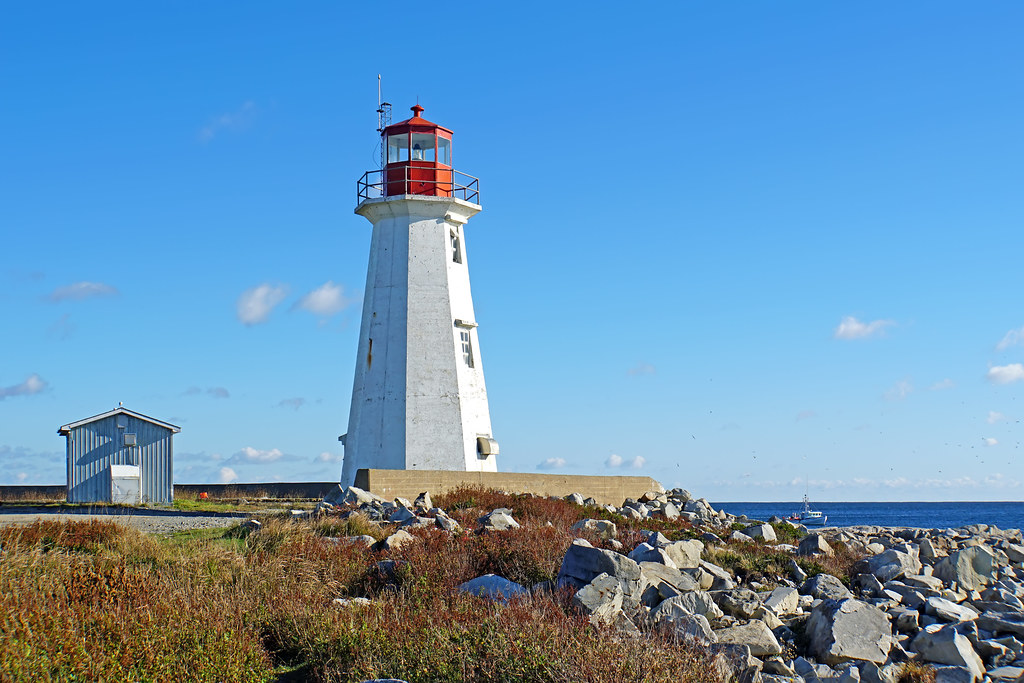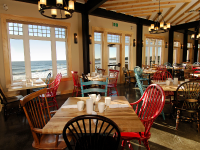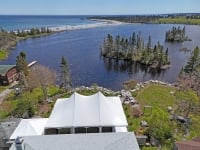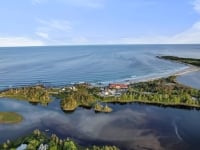Illuminating Local History
Of all the iconic imagery of Nova Scotia, the lighthouse is among the most vivid and enduring. Though many are no longer operational and some now serve as museums, they tell the maritime history of our province, and the South Shore region in particular. Take a tour of these historic structures and learn the stories of the lights that once served as beacons to ships in the night.
Download our Lighthouse GuideCoffin Island (1812)
Decommissioned
The original lighthouse located at the southern tip of Coffin Island was erected in 1811-1812. It was struck by lightning on June 19, 1913 and burned to the ground along with the keeper’s home and outbuildings. Standing today is the new, smaller concrete lighthouse, which was built a short distance from the original location in 1913 and was manned until 1961. The nearest mainland viewing point is the beach at Beach Meadows, between Eagle Head and Brooklyn.
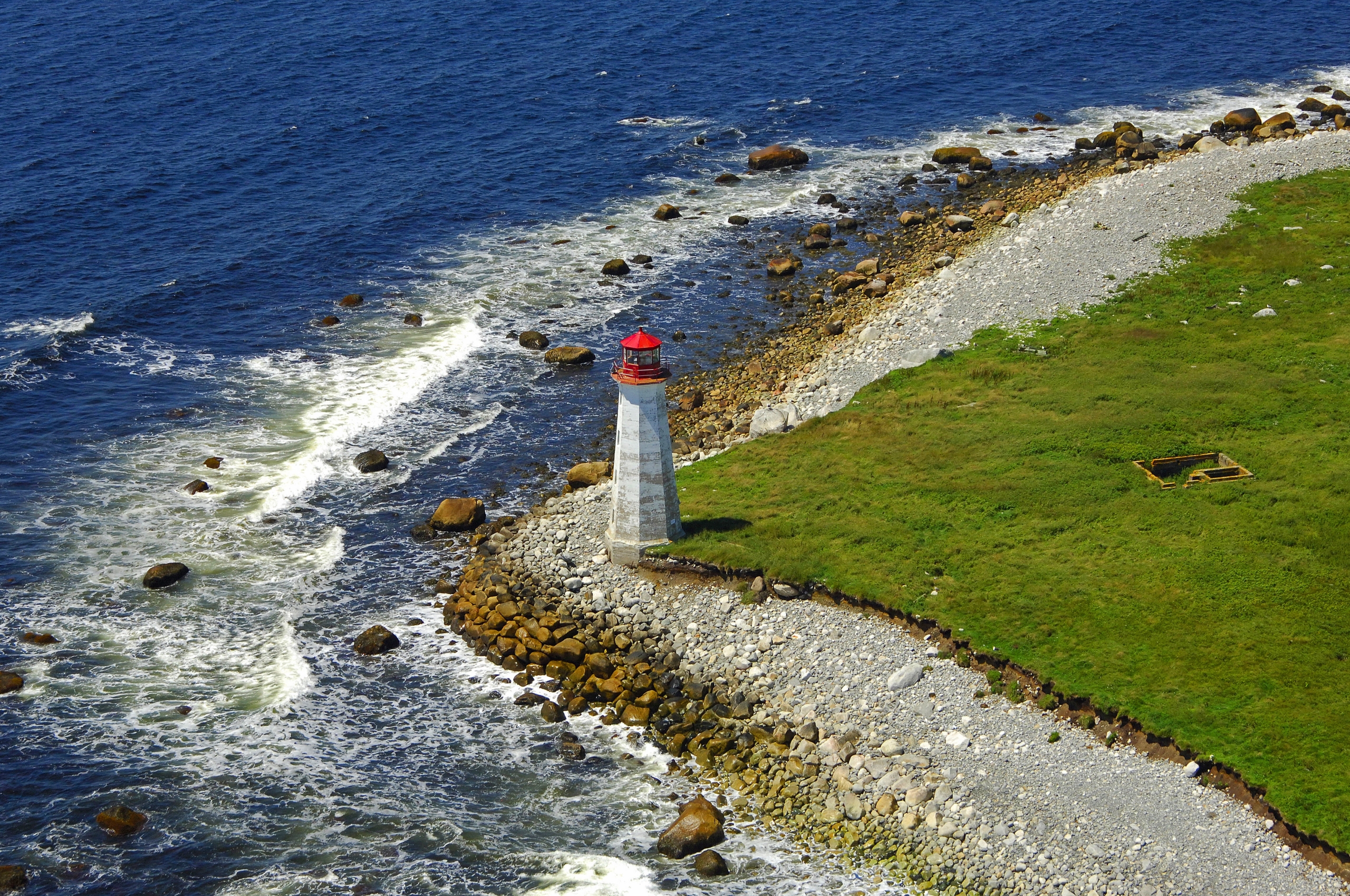
Fort Point (1855)
Decommissioned
The lighthouse was built to supplement Coffin Island. The original light was red and remained so until 1926, at which time it was replaced by a flashing white light. A 12-inch round reflector magnified the light. Today, you can enter and explore the lighthouse and learn more about its history and the site through the interactive interpretive program.

Port Medway (1899)
Decommissioned
Found at the end of the breakwater in Port Medway, this unmanned lighthouse has a square wooden tower with sloping sides. The lighthouse is the site of development intended to preserve the lighthouse and improve public access and enjoyment.
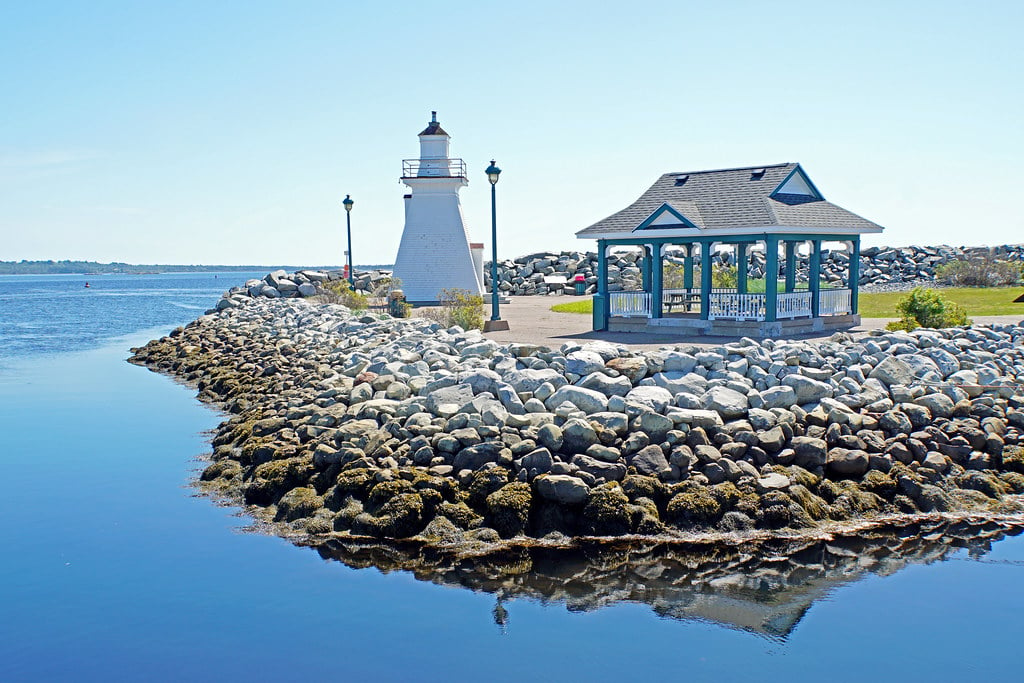
Medway Head (1851)
Operational
This lighthouse can be found on the west side entrance to Port Medway harbour, via Long Cove Road. The Medway Head light station once sat below the present site, and the old foundation can still be found amongst the rocks. The present light was delivered and erected on site in 1961. It was de-staffed in 1987.
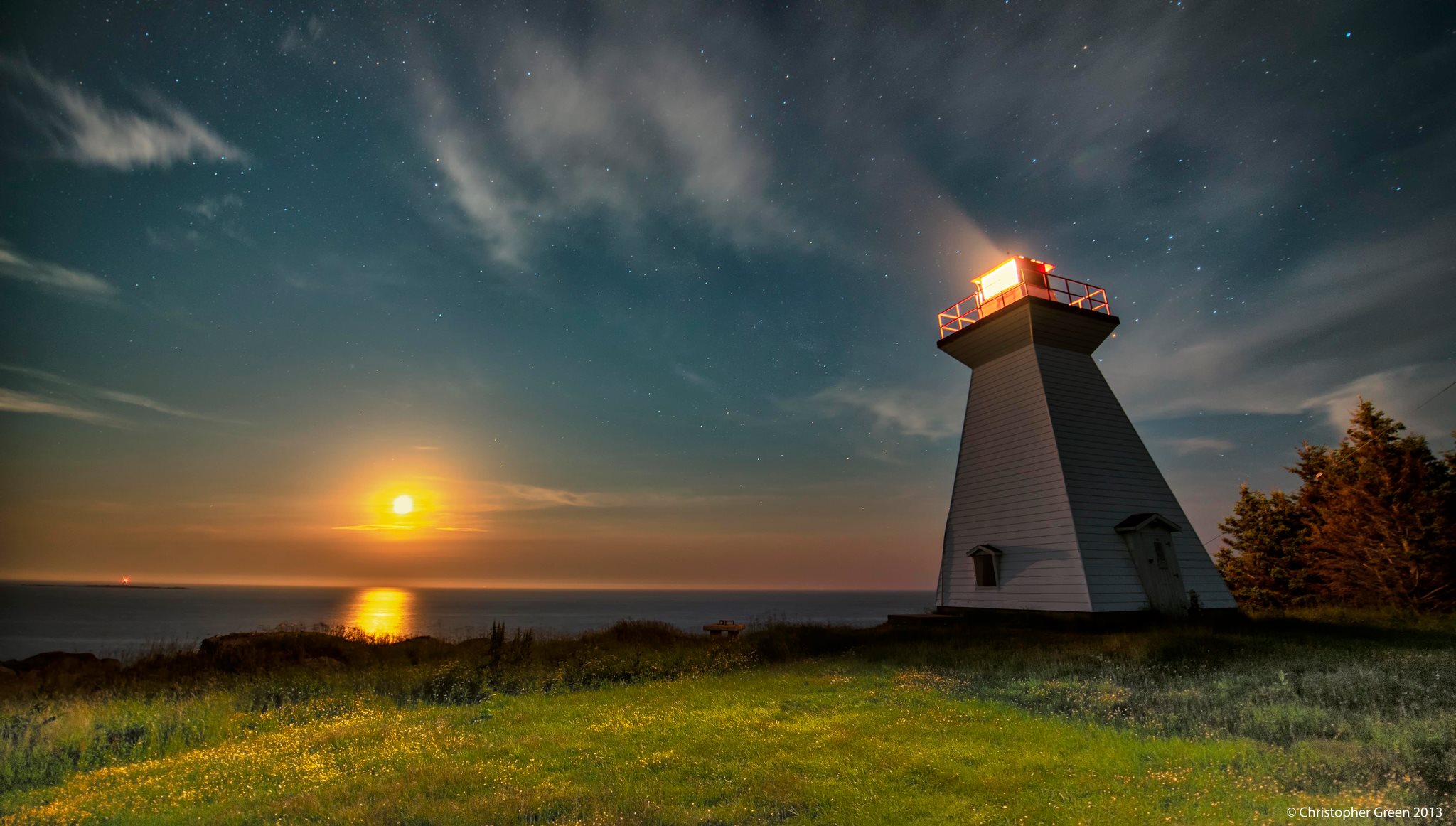
Spectacle Island (1873)
Operational
Its location is on the northwest point of Spectacle Island in Port Mouton Bay. The unmanned lighthouse has a square wooden tower with a red square wooden lantern. The light can be seen from Summerville or Hunts Point.

Western Head (1962)
Operational
This site began as a fog alarm station in 1930 and expanded to include the lighthouse in 1962. Today, the facility serves as an Environment Canada Weather Station. This light was de-staffed in 1988 but will play a role for mariners in the future as part of navigation by GPS (Global Positioning System).
